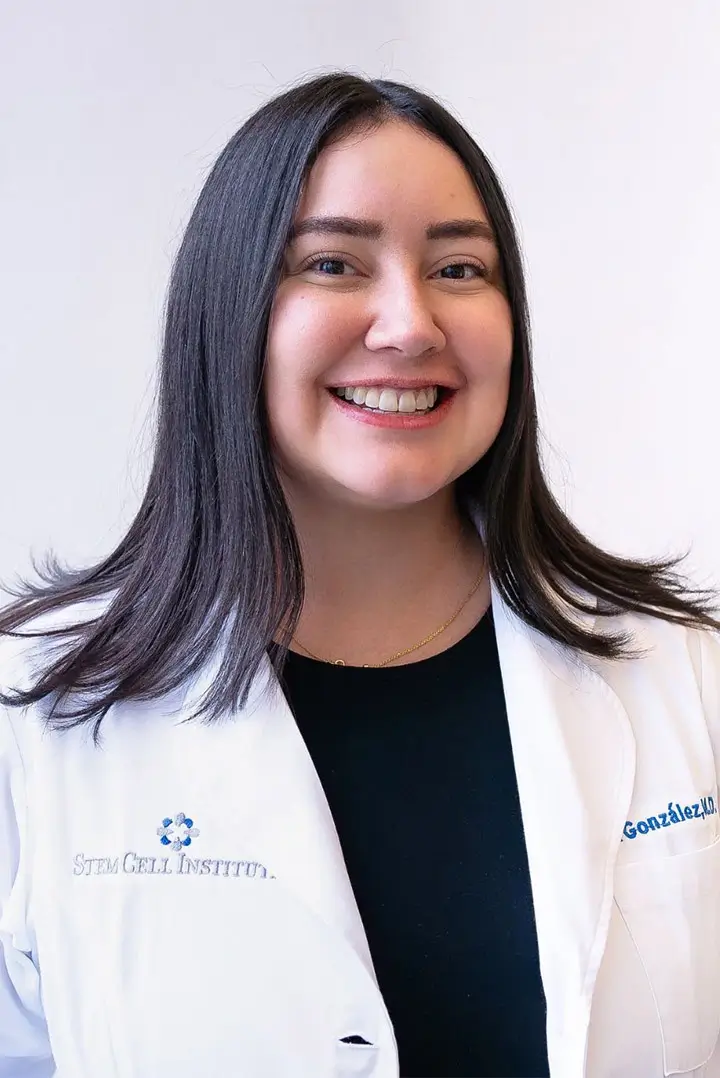Kuo et al. Plast Reconstr Surg. 2011 Feb;127(2):569-79.
Composite tissue allografts are usually transplants of anatomical structures that contain multiple types of tissues. We have seen numerous high-profile examples of human composite tissue allografts such as whole hands, faces, and arms. While advancement of surgical techniques have made such transplants a reality, immunologically-mediated rejection remains a formidable problem.
Mesenchymal stem cells are particularly interesting in terms of an “adjuvant” to transplant immune suppression for several reasons.
Firstly, mesenchymal stem cells are known to be immune modulatory. It is known that these cells suppress activation of dendritic cells (which are involved in stimulating immune responses). Mesenchymal stem cells also inhibit CD4 and CD8 T cell responses. This is beneficial in that the CD4 cell coordinates immune attacks and the CD8 T cell causes cytotoxicity of organs that are being rejected. Perhaps even more interestingly, mesenchymal stem cells are known to stimulate production of T regulatory cells. These are cells of the immune system that suppress other immune cells and are associated with prolongation of transplanted graft survival. At a molecular level how the mesenchymal stem cells modulate the immune system seems to involve several biological modulators. Mesenchymal stem cells express the enzyme indomlamine 2,3 deoxygenase, which metabolizes tryptophan. T cells are highly dependent on tryptophan for activation. Mesenchymal stem cells have been demonstrated to actively induce T cell death by localized starvation of tryptophan. Additionally, mesenchymal stem cells produce various immune suppressive cytokines such as Leukemia Inhibitory Factor (LIF), IL-10, TGF-b, and soluble HLA-G. One interesting method by which mesenchymal stem cells suppress the immune system is by expression of surface-bound immune cell killing molecules such as Fas ligand. Evidence supporting the immune suppressive effects of mesenchymal stem cells includes the ability of these cells to control pathological immunity such as graft versus host disease, multiple sclerosis, and Type 1 diabetes.
Secondly, mesenchymal stem cells are known to be angiogenic. This is the process of new blood vessel formation. Subsequent to organ transplantation it is essential that the transplanted organ receive a proper blood supply. While ligation of major blood vessels is performed during the transplantation surgery, proper integration of the donor and recipient blood vessels is an important factor in graft survival.
Thirdly, mesenchymal stem cells have the ability to repair injured organs. There is a substantial amount of injury that occurs as a result of the organ procurement, transportation , and implantation procedure. This injury is termed ischemia/reperfusion injury. The extent of ischemia reperfusion injury contributes more to graft long term survival as compared even to MHC mismatches. As a result of the injury chemoattractants are generated that cause homing of stem cells into the injured organ. It is possible that these stem cells actually contribute to healing and perhaps regeneration of the injured organ.
In the publication discussed, the authors used a porcine model of hind limb transplantation. Four groups of pigs were used:
Group 1: Four untreated recipients
Group 2: Three recipients that received mesenchymal stem cells alone
Group 3: Five recipients that received cyclosporine alone
Group 4: Three recipients that received cyclosporine, irradiation, and mesenchymal stem cells
It was found that treatment with mesenchymal stem cells along with irradiation and cyclosporine A resulted in significant increases in allograft survival as compared with other groups (>120 days; p = 0.018).
Flow cytometric analysis revealed a significant increase in the percentage of CD4/CD25 and CD4/FoxP3 T cells in both the blood and graft in the mesenchymal stem cell/irradiation/cyclosporine A group.
These preliminary data suggest that addition of mesenchymal stem cells to the combination of cyclosporine and irradiation resulted in significant allograft survival. Unfortunately in Group 3 they did not add irradiation so it is impossible to know whether the graft survival was caused by the irradiation or by the mesenchymal stem cells.
Previous collaborations between Thomas Ichim of Medistem and Hao Wang’s group from University of Western Ontario, Canada suggests that a radioresistant element in free bone transplants contributes to prolonged allograft survival. It may be possible that the radioresistant cells were mesenchymal stem cells in nature. This is an area in which future studies are definitely warranted.

